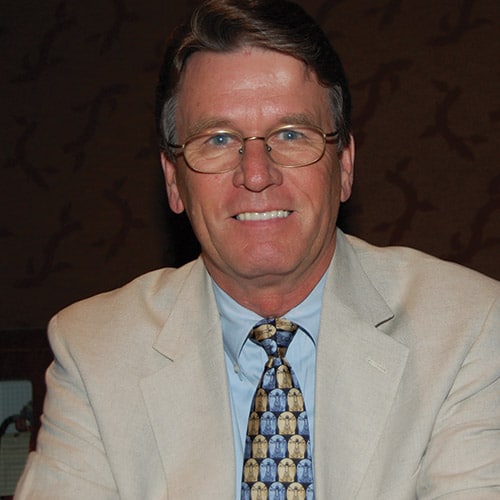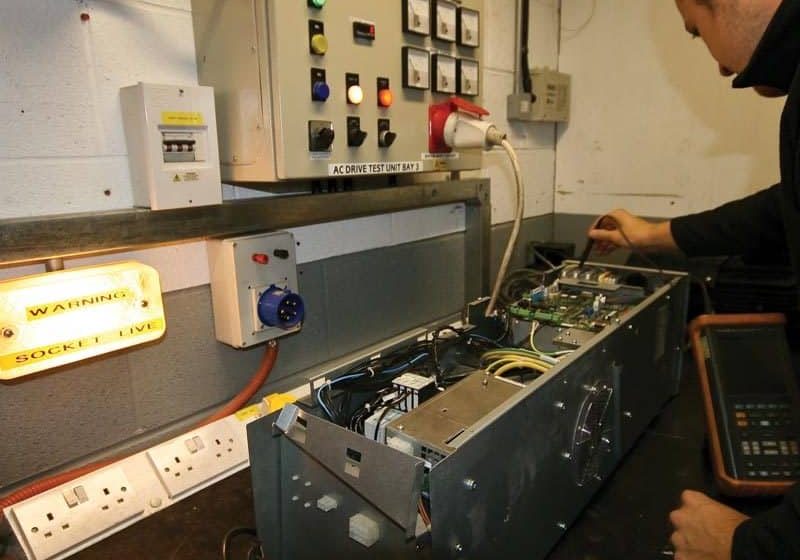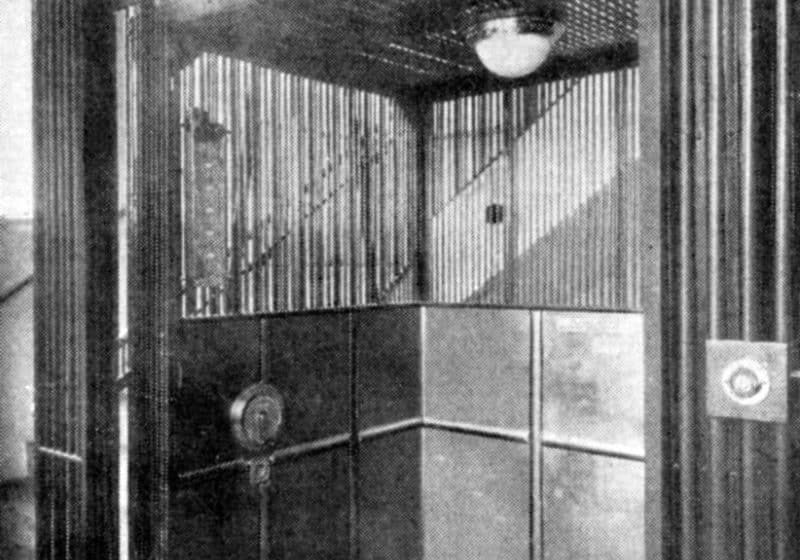New Technology and the Performance-Based Code – Part V Inspections and Tests
Jan 1, 2011
In this installment of the on going series, the role and responsibilities of inspectors is discussed.
by Louis Bialy and Davis L. Turner
Introduction
In the March 2010 issue of ELEVATOR WORLD, we learned the language of the performance-based code (PBC), and acronyms and terminology were discussed. One term in particular, the certificate of conformance (COC), is of importance and will be discussed more fully in this article.
The New Technology process and the role of the AHJ were discussed in the May 2010 edition of EW. The various types of new technology that can be introduced and the relationships between the manufacturer, accredited elevator/escalator certification organization (AECO) and AHJ and their respective responsibilities were shown in the flowchart which appears in the PBC. We learned that the PBC addresses the introduction of new systems or components that may not be addressed in the ASME A17.1/CSA B44 code. These we characterized as new technology of the first or second kind. New technology of the third kind was described as entirely new systems that may be radically different from that envisaged in the A17.1/B44 code.
The role of the AECO was discussed in Part IV of this series (EW, July 2010). The principal role of the AECO is to scrutinize the code-compliance document (CCD) prepared by the applicant (usually the manufacturer) and evaluate the design. If satisfied, the AECO will provide a COC, which verifies that the product conforms to the A17.7/B44.7 PBC. In this article, we will discuss the inspection function, and the role and responsibilities of the inspectors.
Inspection and Testing of New Technology
We do not possess a crystal ball, nor can we divine what new technology will look like or how it will manifest itself, so we are unable to describe with any accuracy or detail the methods and means for inspecting and testing this equipment. The PBC, however, contains provisions, along with requirements in the ASME A17.1/CSA B44 code, for providing information to the AHJ and, thus, the inspector to carry out his or her duties.
COC
A key element and an important tool for the AHJ and the inspector working with the PBC is the COC. The COC verifies that a CCD conforming to A17.7/B44.7, Section 2.10 has been prepared, and that the CCD contains all of the information necessary to demonstrate conformance to A17.7/B44.7.
Mandatory Appendix I-3.4 requires the AECO to examine the technical documentation to verify that the design meets the relevant Global Essential Requirements (GESRs) and to perform or have performed the checks and tests necessary to verify conformance with the A17.7/B44.7 code. Mandatory Appendix I-3.5.1 requires that the AECO grant a COC when it confirms that the design conforms to the applicable requirements of the PBC.
Appendix I-3.5.2 requires that the COC and accompanying documents include the following:
a) Name and address of manufacturer
b) Scope of the certification, including:
- Products certified by type or range
- Relevant parts of code (GESRs, etc.) to which the product is certified
- Statement of compliance to A17.7/B44.7
c) Effective date and term of the certificate
A17.7/B44.7, Section 2.11 requires that a data plate that states that the elevator complies with A17.7/B44.7 be provided and that the maintenance control program (MCP) be viewed. Important additional requirements are covered in A17.7/B44.7, Section 2.12.
Firstly, 2.12.1 requires that the design and installation comply with the CCD and applicable requirements of A17.1/B44, Section 8.1. Secondly, 2.12.2 requires that alterations, maintenance, repair and replacement comply with the CCD and applicable requirements of A17.1/CSA B44, Sections 8.6 and 8.7. Moreover, the list of A17.1/B44 requirements addressed by compliance with A17.7/B44.7 are required to be included in the MCP. Thirdly, acceptance and periodic inspections and tests are required to comply with the CCD and applicable requirements of A17.1/B44, Sections 8.10 and 8.11. Moreover, procedures for tests, periodic inspections, maintenance, replacements, adjustments and repairs are required to be included in the MCP.
The MCP is not new. It was introduced in the 2003 addendum to the A17.1/B44 code and is, in and of itself, an important document. Some of the characteristics and requirements of the MCP are that it will contain:
“Procedures for examinations, maintenance and tests of equipment at scheduled intervals; procedures for cleaning, lubrication and adjusting applicable components and repairing or replacing all worn or defective components. Instructions for locating the MCP shall be provided in or on the controller [of the equipment and] the MCP shall be accessible to elevator personnel.”
For a detailed description of the MCP, see ASME A17.1 /CSA B44, Requirement 8.6.1.2.1.
Vital Role of the Inspector
The PBC requires that inspection and test procedures be developed by the manufacturer and provided to the AECO as part of the CCD. Without these procedures in the CCD, the new technology will not receive its certification from the AECO. The inspector will have at his or her disposal a written procedure for both inspecting and testing those components or systems that have been certified under the PBC. Those procedures will be contained in the CCD and made part of the MCP.
The PBC provides a structured approach to the introduction of innovative technology in a jurisdiction. It is invaluable to the AHJ in that the AECO provides the expertise and effort necessary to evaluate and certify the design. However, the inspector does play a vital role in order for the overall process to work and be effective. The following are the essential tasks that the inspector is best positioned to execute:
- Check that a code data plate complying with A17.7/ B44.7, Section 2.11 is provided
- Check that the elevator system, subsystem or component is marked in compliance with A17.7/B44.7, Requirement I-6
- Check that label or tag information corresponds to the certificate provided by the AECO according to A17.7/ B44.7, Appendix I-3.5.2
- Check that procedures for acceptance inspections and tests are provided per A17.7/B44.7, Requirement 2.10.2 (g) and included in MCP per 2.12.3
- Check that procedures for tests, periodic inspections, maintenance, replacements, adjustments and repairs are provided per A17.7/B44.7, Requirement 2.10.2 (h) and included in the MCP per 2.12.2 and 2.12.3
- Witness acceptance and periodic inspections and tests in compliance with A17.7/B44.7, Requirement 2.12.3
Concluding Remarks
The adoption and enforcement of state-of-the-art codes is vital to the interest of public safety. With the rapid development of new technology, the challenges of ensuring safety become more visible. As always, the inspector has an essential role to play in ensuring public safety in a changing world. Your authors will offer some answers to frequently-asked questions in a future issue of EW.

Davis L. Turner is an electrical engineer and a 46-year-plus veteran of the elevator industry. He began his career with Otis in New York in the Construction Department. In 1988, Turner joined Mitsubishi Elevator Co. as vice president. In 1989, he was appointed president of the company. Under Turner’s leadership, the company expanded into three states. In 1996, Turner formed Davis L. Turner & Associates, an independent elevator consulting firm. He is a member of the ASME Board of Safety Codes and Standards, A17 Standards Committee and Mechanical Design Committee and the International Standards Committee, and chairman of the Escalator and Moving Walk Committee. Turner is on the Advisory Board of NAESA International and a member of the City of Los Angeles Board of Examiners for Elevator Constructors.
Get more of Elevator World. Sign up for our free e-newsletter.








